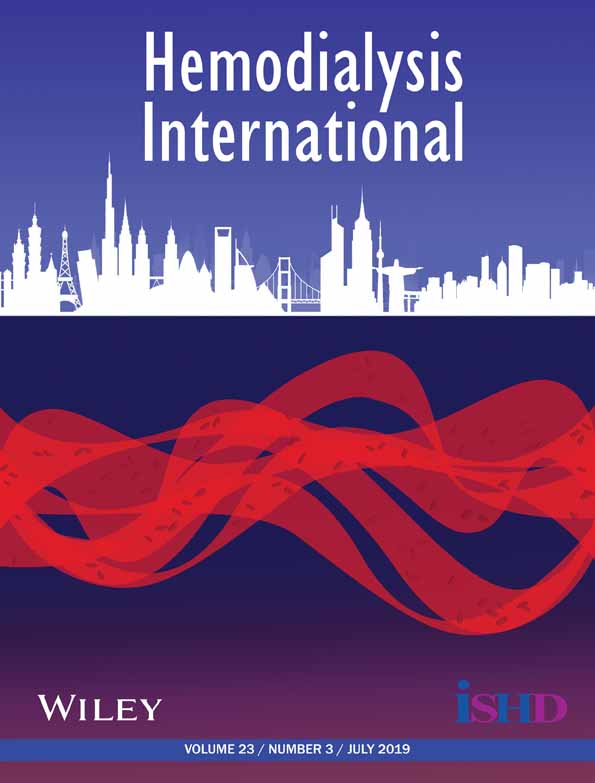Effectiveness of a hepatitis B vaccination program at two tertiary hemodialysis centers
Abstract
Introduction: Hemodialysis (HD) patients are at increased risk of hepatitis B infection in comparison to the general population. Despite a more intensified hepatitis vaccination regimen, response rates in HD patients are typically low. The study was conducted to quantify response rate to a new hepatitis B vaccination protocol initiated in late 2015, determine risk factors affecting response rate, and assess adherence to protocol.
Methods: This retrospective chart review evaluated all HD patients eligible for hepatitis B vaccination in two large dialysis clinics from initiation of the hepatitis B protocol to July 2017. Recombinant hepatitis vaccine (Recombivax® HB) 40 μg was administered in a 3-dose regimen at months 0, 1, and 6 to patients with hepatitis B surface antibodies (anti-HBs) <10 mIU/mL. A repeat series was given if anti-HBs levels remained below 10 mIU/mL after the first series. A booster dose was given if anti-HBs titers fell below 10 mIU/mL after initial response to a second series vaccination.
Findings: Of 411 patients at the two HD centers, 142 patients received hepatitis B vaccination with a total of 168 vaccine courses given, series 1: n = 86, series 2: n = 60 and booster: n = 22. Response rates to vaccination were 61.4%, 58.3%, and 81.8%, respectively. In univariate analysis, adherence to protocol significantly affected response rate (P = 0.035). A multivariate analysis assessing response rates to series 1, 2 or booster confirmed that adherence was a significant risk factor (OR = 2.2; 95% CI 1.4–3.4; P = 0.0005).
Discussion: This was the first study to examine adherence to regimen and identified adherence as an important predictor of vaccine response. Adherence is one of the few modifiable risk factors that can be optimized in an effort to improve response to hepatitis B vaccination.




